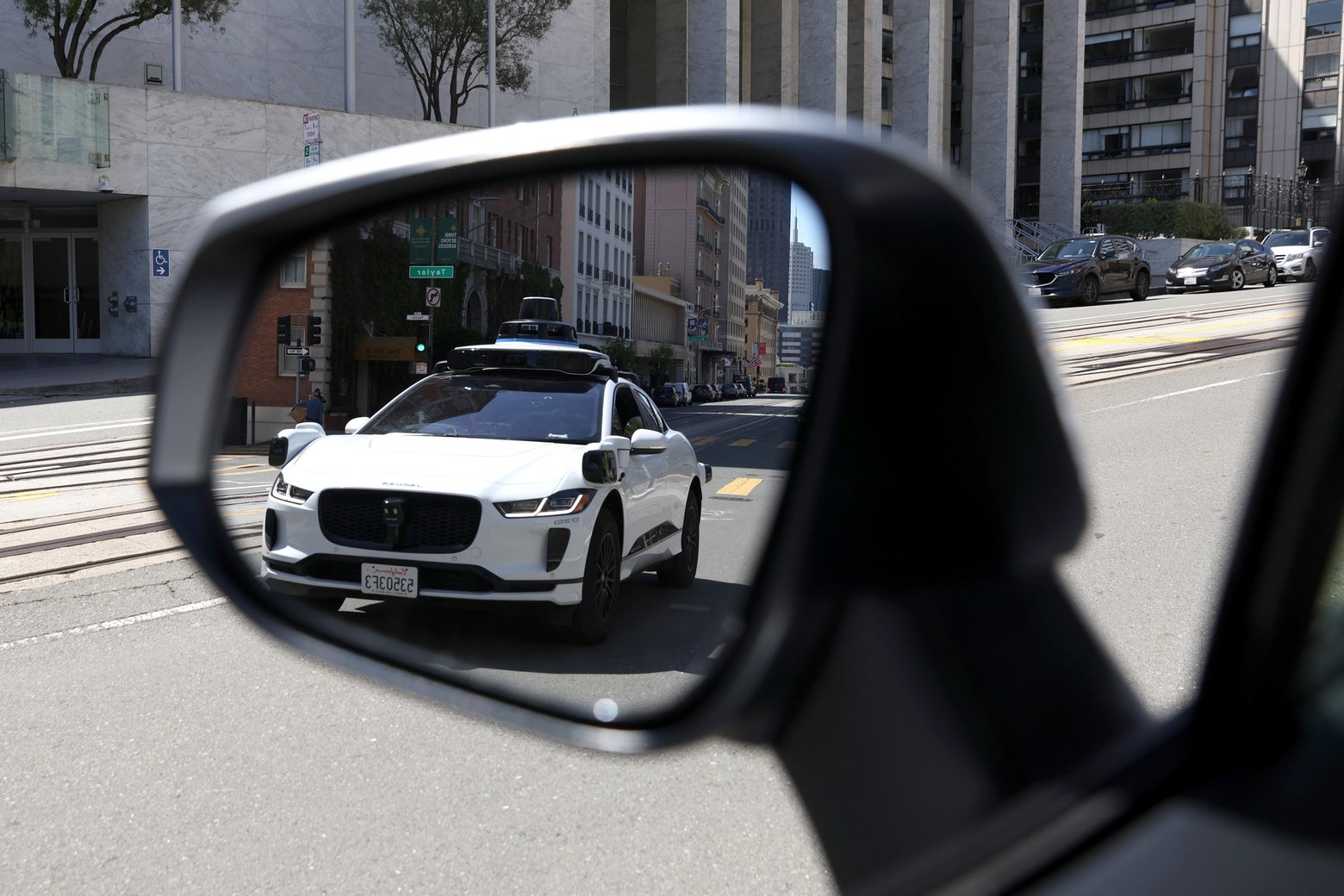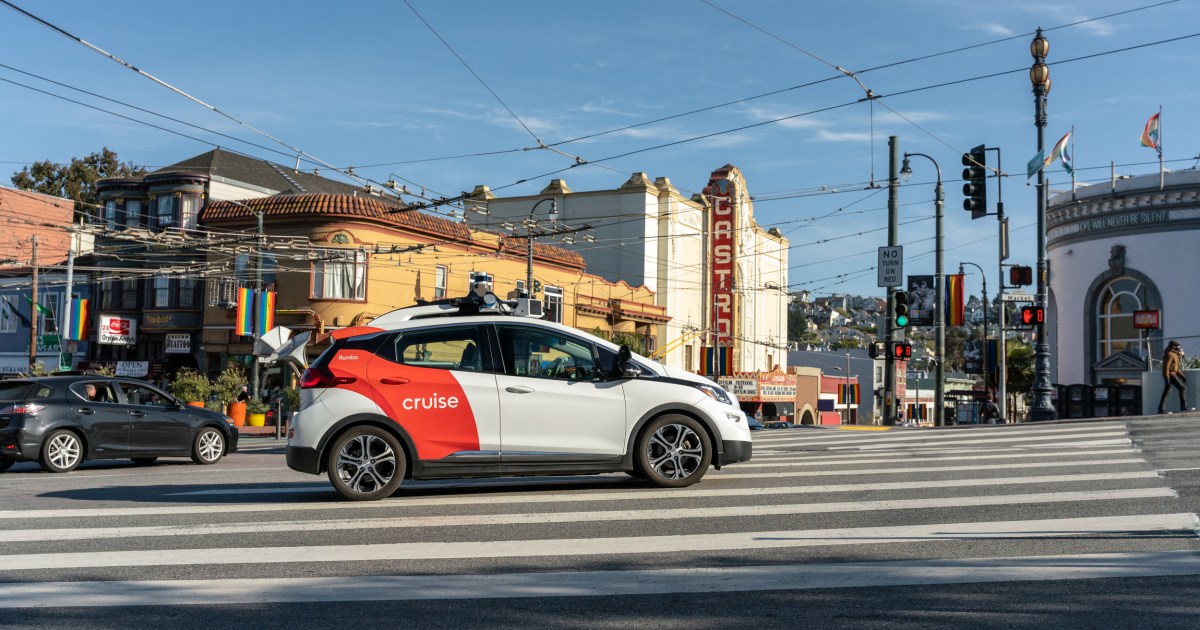The assumption is it has passed the disengagement test and is safe enough.
The issue is: There's no standard what's the maximum disengagements for a passing test.
No, but these companies only get to charge a fare for a driverless ride AFTER the CPUC gives them permission and AFTER the CA DMV also gives them a permit to even test driverless. So I think it is assumed that if the CA DMV and the CPUC give them a permit to do paid driverless rides that they have passed the disengagement test at least as far as the CA DMV and the CPUC are concerned. After all, if the CA DMV and/or the CPUC don't think the AV has passed the disengagement test, why give a permit to charge fares?
Disengagements by themselves are not the best metric IMO. Disengagements only measure if you disengage the autonomous driving. If you only disengage when the AV is going to make a mistake, then yes, disengagement rate could be a good measure of how many errors the AV makes per miles. But you could let the AV make mistakes and not disengagement the system and the disengagement rate would look better than it really is since you did not disengage. But the AV srill made mistakes. Alternatively, an overly cautious safety driver could disengage too much, when the AV was not going to make a mistake, and the disengagement rate will look worse than it really is.
That is one reason why measuring safety is not easy. Ultimately, you want to measure "bad driving behavior" and minimize those events over a big enough and diverse enough sample of driving. But you need to define "bad driving behavior". Traffic violations, near misses, actual accidents, safety envelope violations, sudden braking, jerky lateral movement would be examples of "bad driving behavior". Of course, some instances of sudden braking might be good if they avoided a crash. So you would need to examine each case and see if it really was "bad driving behavior" or not.
Ultimately, companies like Waymo and Cruise examine all their driving data over millions of miles and make a determination if the AV is "safe enough" in that specific ODD. If yes, and if they get a permit from the CPUC, then they deploy driverless in that limited ODD where the data says it is "safe enough".
The companies themselves don't believe their cars are now good enough to graduate from a testing program because they are still testing on their own even when CA stop monitoring them.
That's a bit misleading. The companies are deploying driverless rides. So clearly they think AVs are good enough to do some driverless rides. Of course they still test because there is always room for improvement. Apple still does R&D development on iPhones but that does not mean that iPhones are not good enough.
The public riders need to know how many disengagements so they can judge whether to use a particular company or not.
You can't measure disengagements in a driverless ride since there is no safety driver to disengage. You could measure accidents or remote assistance events.
Also keep in mind that all companies doing driverless could probably show very good disengagement rates. So it is not like one driverless company will have a disengagement rate of 1 per 1,000 miles and another has a disengagement rate of 1 per 30,000 miles where you can say the company with 1 per 30,000 miles is clearly far better.
In 2021, Cruise reported a disengagement rate of 1 per 41,000 miles. And yet, we've seen Cruise have several incidents of the cars getting stuck and needing remote assistance. So a high disengagement rate won't necessarily mean that the company won't have incidents or accidents.
I am not sure disengagement rates would really be informative once companies decide to remove the safety driver. I mean if company A reports a disengagement rate of 1 per 41,000 miles and company B reports a disengagement rate of 41,500 miles, should the public really choose company B since they have the better disengagement rate? The fact that company B has a disengagement of 500 miles better than company A, does not mean that company B won't also have some incidents of cars getting stuck.






